The word “heat soak” is sort of a blanket term. For instance, heat soaking is a common practice in the glass-making business, but it means something entirely different in the automotive space.
While it is beneficial to the glass manufacturing process, the same cannot be said in the case of internal combustion engines.
Heat soak, in any car, can be quite damaging to the internal components. It not only saps power but also reduces overall engine life.
So, what exactly is a heat-soaked engine? How does it affect the internals? Is there any way to prevent it? Let’s find out.
What Is Heat Soak?
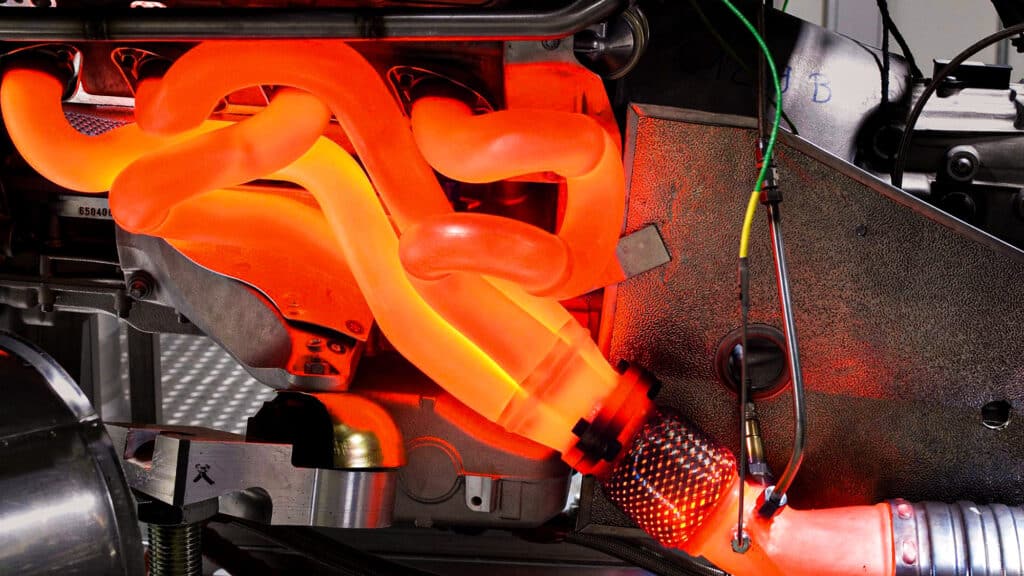
In simple terms, heat soak is when the engine or its components remain extremely hot, even after turning off the ignition.
Heat soak often occurs during high-load situations, usually when the engine doesn’t get enough time to cool down.
To be more specific, it’s when you’ve just finished hauling a heavy load or gone around a track a couple of times and then shut the engine off immediately.
This is not the worst thing in the world, but prolonged exposure to heat soak can lead to severe engine damage. Everything from engine gaskets, hoses, belts, wires, sensors, and electronics is affected.
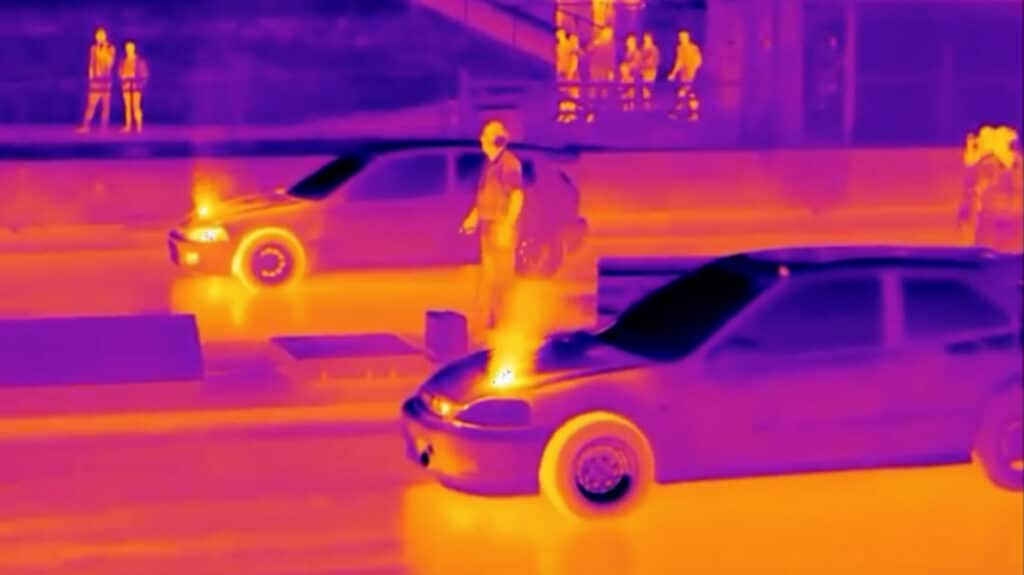
It’s worth noting that heat soak isn’t the same as engine overheating and has nothing to do with the temperature gauge.
When the dial is in the red, it’s a sign your engine is overheating — the temperature gauge will only ever refer to coolant temps, which is basically a liquid that’s 50% water.
Even though water heats up and cools down relatively slower than metals do, it holds heat for much longer.
While the high-temperature reading is a reliable indicator of engine overheating, it’s not exactly a measurement of how hot the engine components actually are.
Causes of a Heat-Soaked Engine? How Is It Different From Overheating?
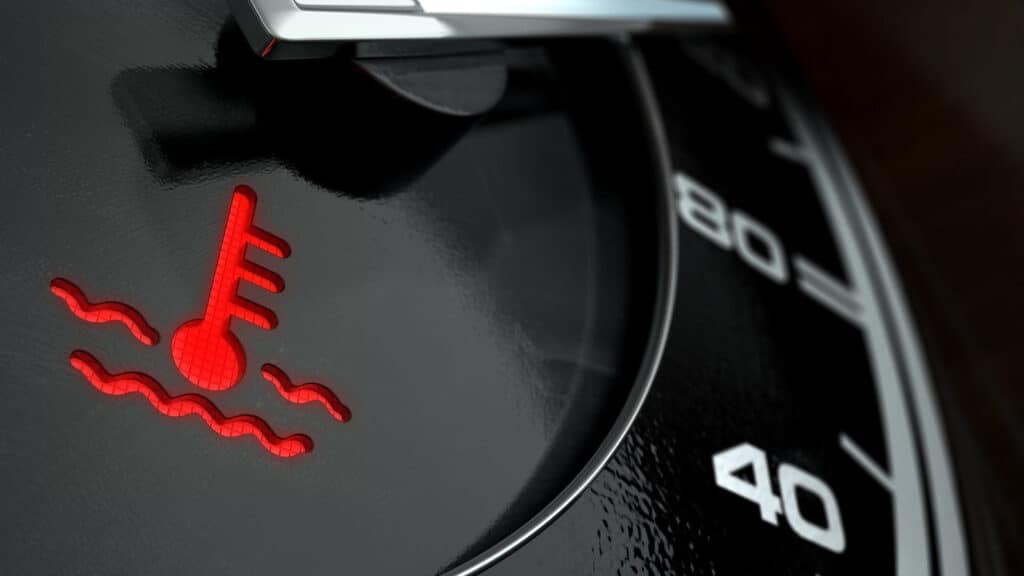
Metals and fluids, which make up the engine internals, are good conductors of heat.
They get very hot in high-load conditions, which is a by-product of the increased rate of combustion. The heat soak issue comes about when the internals lose their capacity to get rid of the excess heat.
Heat, although undesired, is inevitable in an engine. By the laws of science, the conversion of chemical to mechanical energy will produce heat. There are no two ways about it; the only way is to efficiently manage it.
There’s a fine line between overheating and heat soak. Overheating is where the cooling system is incapable of reducing the internal engine temperature even when the car is running.
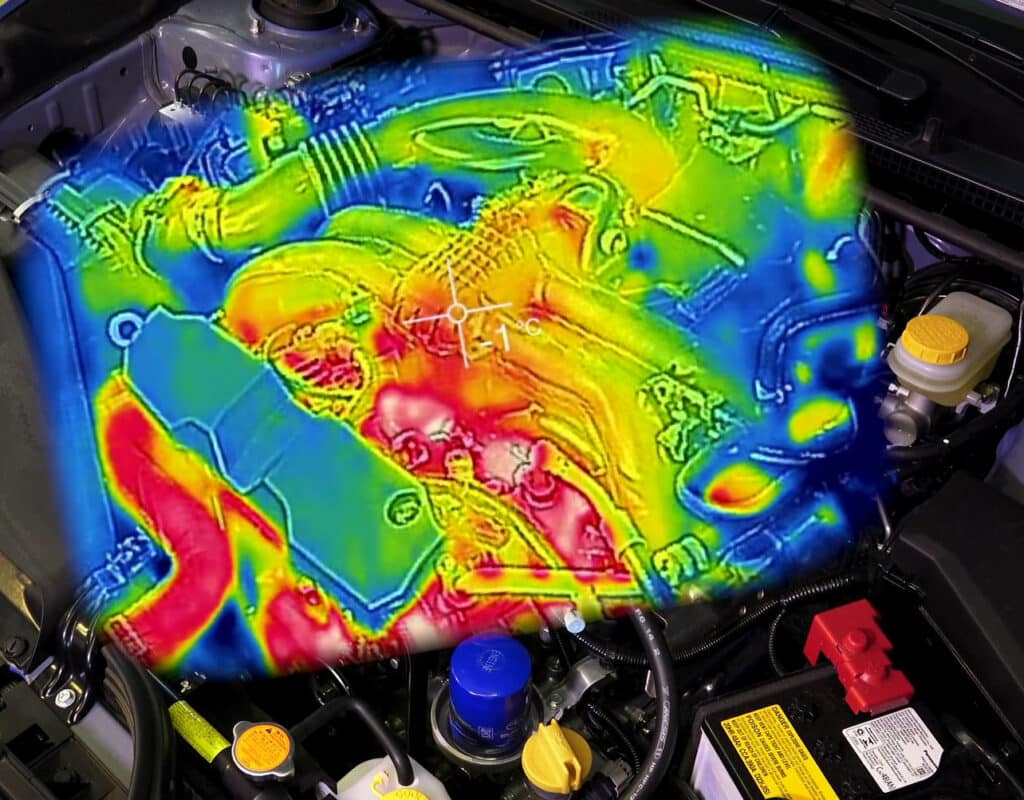
Anything from a coolant leak to malfunctioning or faulty car parts can cause engine overheating.
Heat soak, on the other hand, is when the internals are “soaking hot” but are in no position to get rid of the heat, especially after experiencing heavy loads.
As you turn off the engine, the cooling system no longer operates, causing the internals to remain excessively hot.
While overheating, in most cases, is not necessarily the driver’s fault, heat soak can almost always be caused by the user.
Modern cars and trucks have pretty good cooling systems built into them. If you don’t allow them to do their thing, there’s no point complaining when things go south.
Turbo Heat Soak
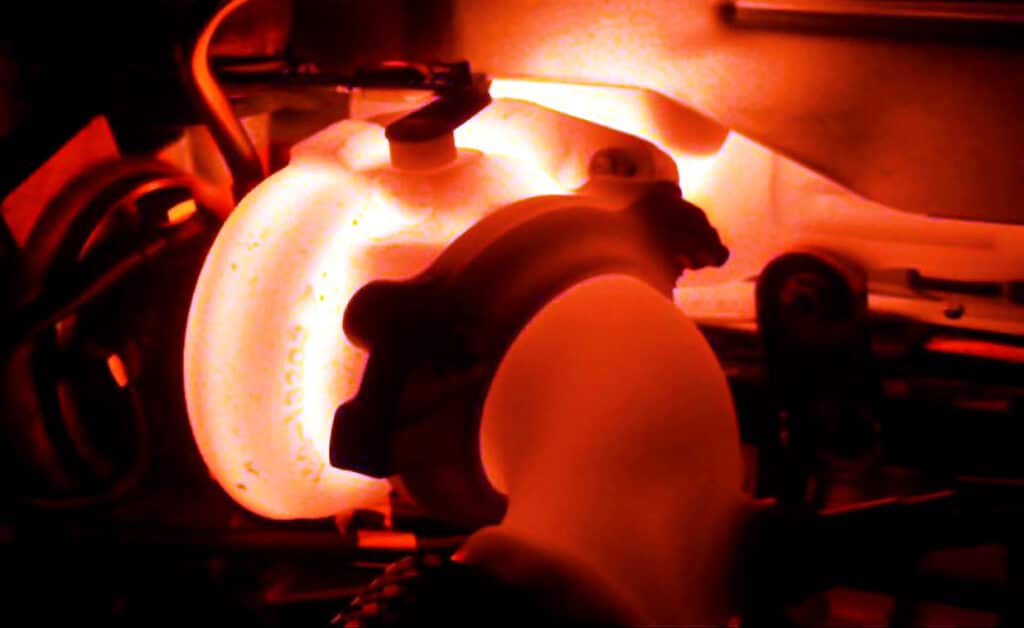
As the name suggests, turbo heat soak is the spike in temperature and pressure inside turbocharged engines. However, it’s not an exclusive term. You’ll notice something similar occurring in supercharged engines as well.
Because most forced induction engines run at higher temperatures and pressures compared to similarly sized normally-aspirated units, they have cooling systems that are relatively more stressed.
Supercharger or turbo housings and intercoolers are added components, not to mention the separate piping and cooling circuits. These tend to be extremely hot, especially under constant heavy loads.
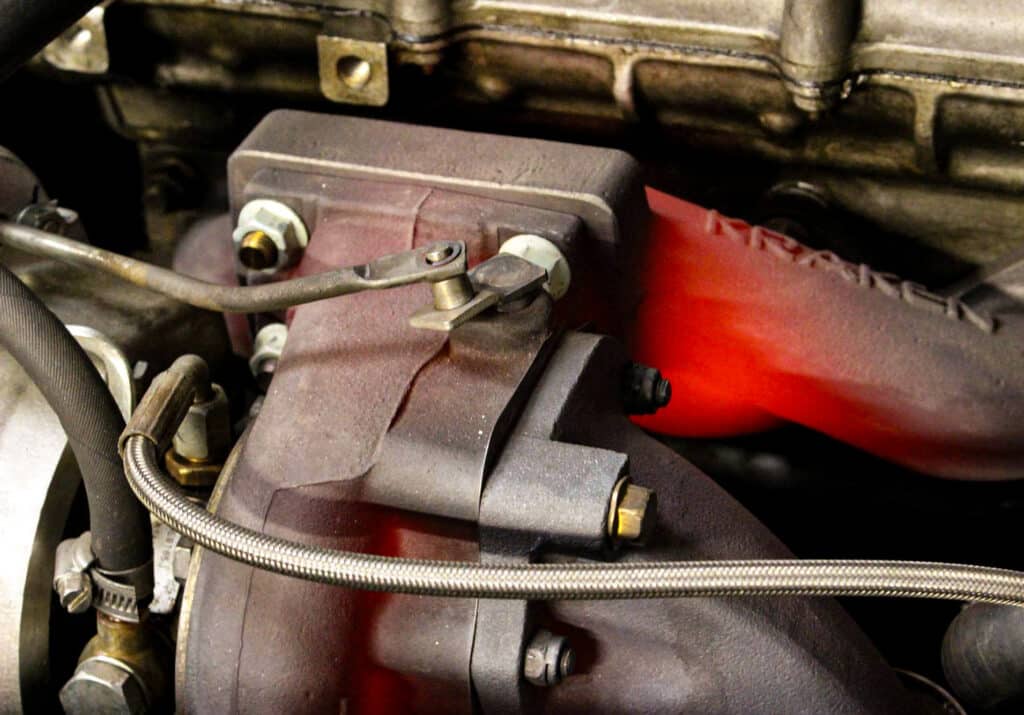
It shouldn’t come as a surprise that not giving them enough cool-down time will lead to their premature wear and failure.
Turbo heat soak is usually a concern when you run a tune and do not upgrade the cooling system, increasing the risk of thermal excursion.
This also depends on the nature of the engine. For instance, if you compare the 1UZFE engine with a high-output Toyota crate motor or a long-block 2JZ build, you’ll see a stark contrast as to which one is more prone to overheating.
If you suspect that your turbo is overheating, look for symptoms such as lack of power, smoking coming out of your exhaust system, and abnormal whirring noises — quite the opposite of turbo flutter.
Engine Heat Soak Symptoms
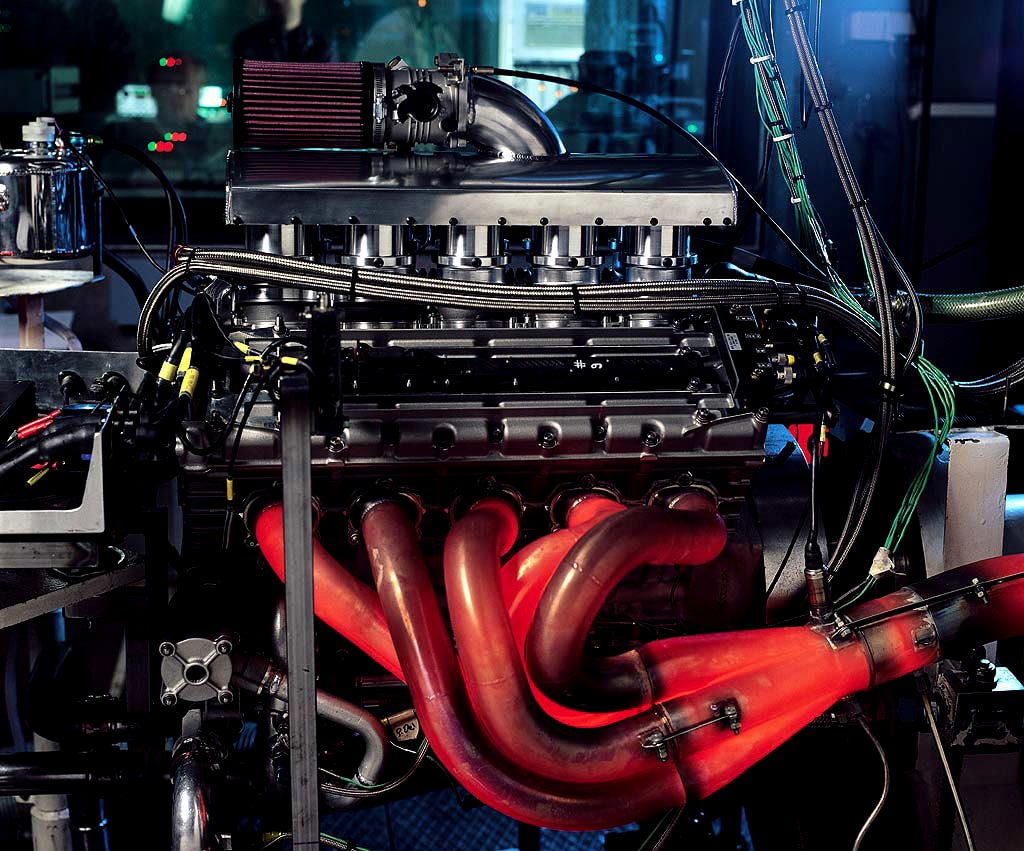
The most obvious symptom of heat soak is the inability of the engine to cool down. If you notice your engine struggling to reduce the internal temperature, there’s a good chance it’s experiencing heat soak.
You may notice a loss in power, along with poor throttle response and the car feeling sluggish off the line.
Although, it’s worth pointing out that these symptoms are not exclusive to engine heat soak alone. This can be attributed to bad spark plugs, detonation and pre-ignition, or it could just be a heat-soaked starter motor.
High oil and coolant temperatures also indicate that your engine is running hot.
Again, this should not be confused with overheating. While some of the heat soak symptoms may overlap with overheating, understand that both concepts are different.
How to Prevent Heat Soak?
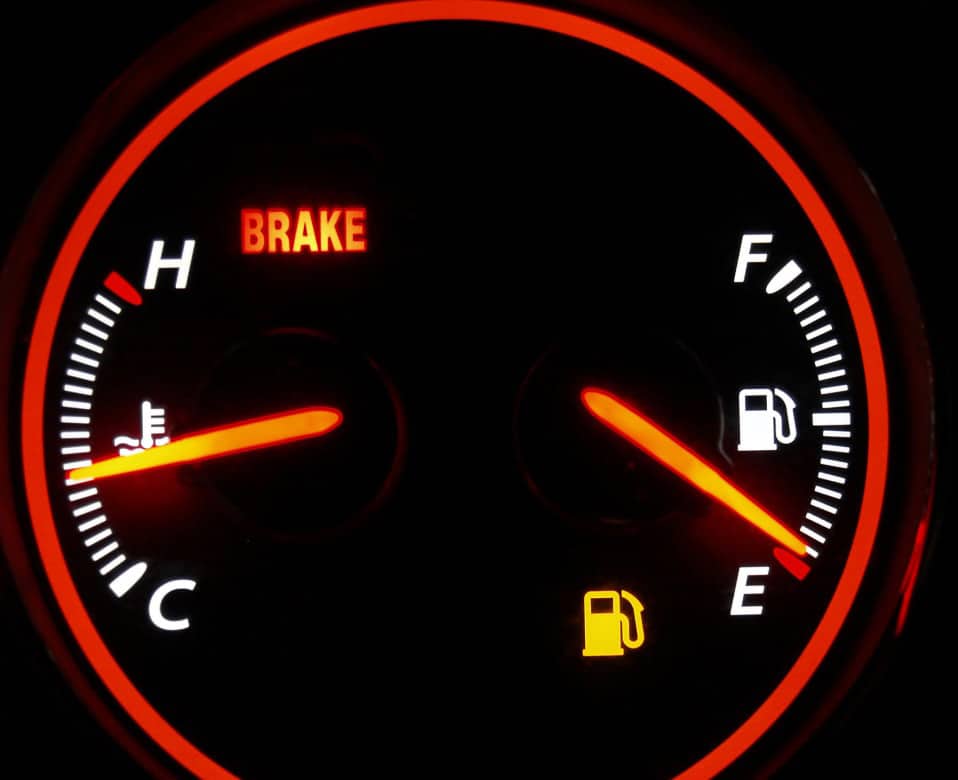
Yes, you can prevent heat soak. Here are some tips:
- Idle the engine for a while before shutting it off. This is a good practice, especially when you feel the engine has been under constant stress.
- If you’re on the track, ensure you do a cool-down lap just so the motor has enough time to rid itself of the excess heat.
- Driving sedately after towing a heavy load should also help reduce heat soak.
- When stationary, open the hood and let the engine radiate the excess heat. In most cases, however, it’s not necessary to do so, as the cooling system would’ve already done its job.
- If your engine has a tune, consider upgrading the turbo intercooler and radiator for better cooling efficiency.
Let Your Cooling System Do Its Thing
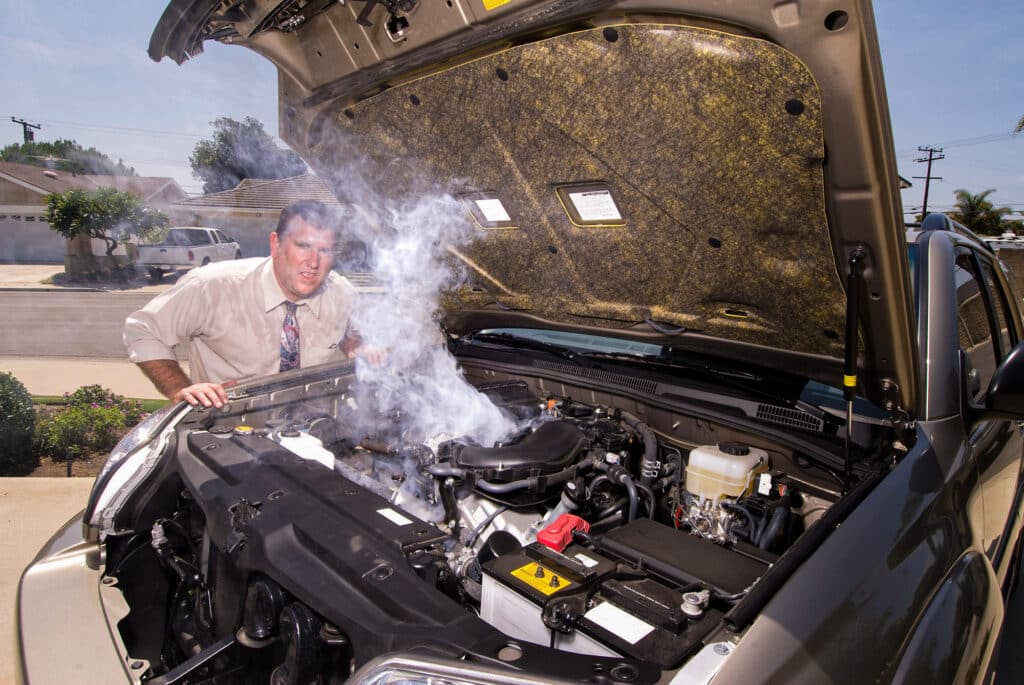
Stock cars come well-optimized from the factory. But as mentioned, constant exposure to heavy loads creates more heat.
It’s a sign that your engine is working harder. If your cooling system is okay, there’s really nothing to worry about.
Heat soak is not necessarily a bad thing. OEMs design engines with temperature tolerances that take this into account. Just make sure the cooling system gets enough time to bring everything back to normal.
If you found this article interesting or have any doubts regarding the subject, feel free to share your thoughts by leaving a comment below!
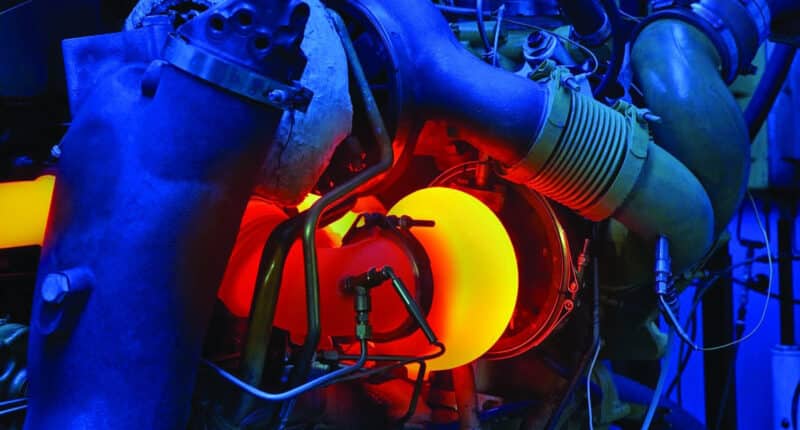
![Interference & Free-Running Engines Explained [Includes List]](https://low-offset.com/wp-content/uploads/2023/12/interference-engine-200x110.jpg)